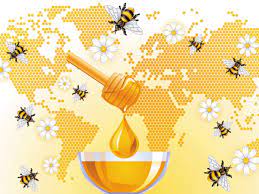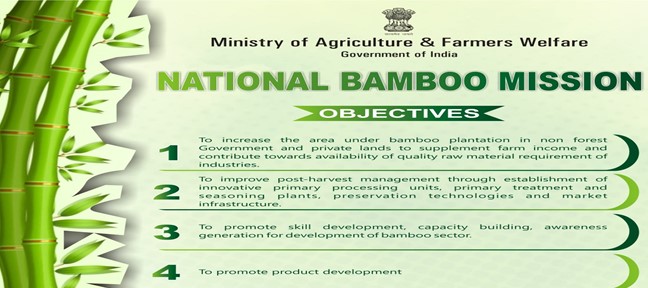Krishi Sakhis
Context
Prime Minister Narendra Modi distributed certificates to over 30,000 self-help groups trained as Krishi Sakhis to work as para extension workers.
About Krishi Sakhi
Krishi Sakhi is one dimension under the ‘Lakhpati Didi’ program which aims to create 3 crore Lakhpati Didis.
The Krishi Sakhi convergence program (KSCP) aims to transform rural India through the empowerment of rural Women as Krishi Sakhis, by imparting training and certification of Krishi Sakhis as Para-extension Workers.
Right now the Krishi Sakhi training program has been rolled out in 12 states in Phases.
In the first phase, women of Gujarat, Tamil Nadu, Uttar Pradesh, Madhya Pradesh, Chhattisgarh, Karnataka, Maharashtra, Rajasthan, Odisha, Jharkhand, Andhra Pradesh, and Meghalaya will be trained as Krishi Sakhis.
On an average, a Krishi Sakhi can earn around Rs 60,000 to 80,000 in a year.
Para Extension Workers
Krishi Sakhis are trained by professionals on various agriculture-related extension services for 56 days on various activities.
Krishi Sakhis are chosen as agriculture para-extension workers because they are trusted community resource persons and experienced farmers themselves.
Women in Agriculture in India
Participation: In India, Agriculture employs about 80 percent of rural women.
As per the Annual Periodic Labour Force Survey, 2021-2022, agriculture has the highest estimated female labour force participation of 62.9 percent.
Economic Survey 2017-18, says with growing rural-to-urban migration by men, there is ‘feminization’ of the agriculture sector, with an increasing number of women in multiple roles as cultivators, entrepreneurs, and laborers.
Activities: Rural women are also engaged in allied fields including livestock rearing, horticulture, post-harvesting operations, agro/social forestry, fishing, etc.
Most labor-intensive manual operations in agriculture such as cattle management, fodder collection, milking, threshing, winnowing, etc., are performed by women.
Significance: The community management role played by rural women helps ensure the dissemination of information and extension at the community level.
Rural women are responsible for the integrated management and use of diverse natural resources to meet daily household needs.
Conclusion
With the participation of women in agriculture and allied activities becoming more significant, it becomes essential to keep women at the center of India’s policy initiative.
The challenge of ending poverty can only be achieved with the end of gender-based discrimination.
The Indian government in its vision has realized the gap and is striving toward poverty alleviation through training programs, financial inclusion, strengthening of social services, and creating awareness of women’s rights.
-------------------------------------------------------



.jpg)
.jpg)
.jpg)
.jpg)
.jpg)
.jpg)




.jpg)
